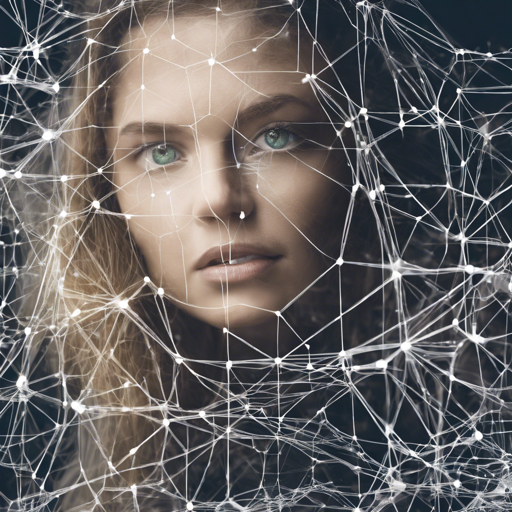Welcome to your first deep dive into cutting-edge image processing! In this blog, we’ll explore how to implement the Scale-Recurrent Network (SRN) for Deep Image Deblurring, a powerful method developed by Xin Tao and his team. Aimed to restore sharpness to blurry images, this technique can be a game-changer for photographers and developers alike. Let’s get started!
Prerequisites
Before you set sail on this journey, ensure you have the following tools at your disposal:
- Python 2.7
- Scipy
- Scikit-image
- Numpy
- TensorFlow 1.4 with NVIDIA GPU or CPU (Note: CPU testing is very slow)
Installation Steps
Grab your coding gear, and let’s get this project running on your machine!
bash
git clone https://github.com/jiangsutx/SRN-Deblur.git
cd SRN-Deblur
Testing Your Model
Ready to put your deblurring model to the test? Here’s how to do it:
- Download pretrained models by executing
download_model.shinside thecheckpointsfolder. - To test blur images in a directory, use the following command:
bash
python run_model.py --input_path=TEST_FOLDER --output_path=OUTPUT_FOLDER
If you have a GPU, add the --gpu argument with your GPU ID. Otherwise, set --gpu=-1 for CPU.
bash
python run_model.py --gpu=0
Ensure your image’s pre-defined height and width are multiples of 16. The recommended parameters are:
bash
python run_model.py --height=720 --width=1280
Evaluating Your Results
The effectiveness of your model can be quantified using PSNR (Peak Signal-to-Noise Ratio) and SSIM (Structural Similarity Index). These calculations can easily be performed using MATLAB’s built-in functions psnr() and ssim().
Training Your Model
To train the model using images from the DeepDeblur_release dataset, proceed as follows:
bash
python run_model.py --phase=train --batch=16 --lr=1e-4 --epoch=4000
Choosing the Right Model
When it comes to deblurring images, selecting the right model can make a significant difference:
- –model=lstm: Implements the structure as discussed in our paper for reliable deblurring.
- –model=gray: Slightly tuned model yielding sharper results, even without LSTM.
- –model=color: Trained on RGB images, this model improves color consistency but may be less sharp.
Troubleshooting Common Issues
If you encounter issues while implementing the SRN, consider these troubleshooting tips:
- Ensure you are using the correct versions of Python and TensorFlow.
- Check that your specified image height and width are multiples of 16 to avoid runtime errors.
- If your program crashes, try reducing the dimensions of the input images or increasing the GPU memory limits.
For more insights, updates, or to collaborate on AI development projects, stay connected with fxis.ai.
Conclusion
With the Scale-Recurrent Network, you can restore clarity to your images, transforming them from blurry memories to crisp captures. At fxis.ai, we believe that such advancements are crucial for the future of AI, as they enable more comprehensive and effective solutions. Our team is continually exploring new methodologies to push the envelope in artificial intelligence, ensuring that our clients benefit from the latest technological innovations.
Now, go ahead, and unleash the power of deep learning on your images!

